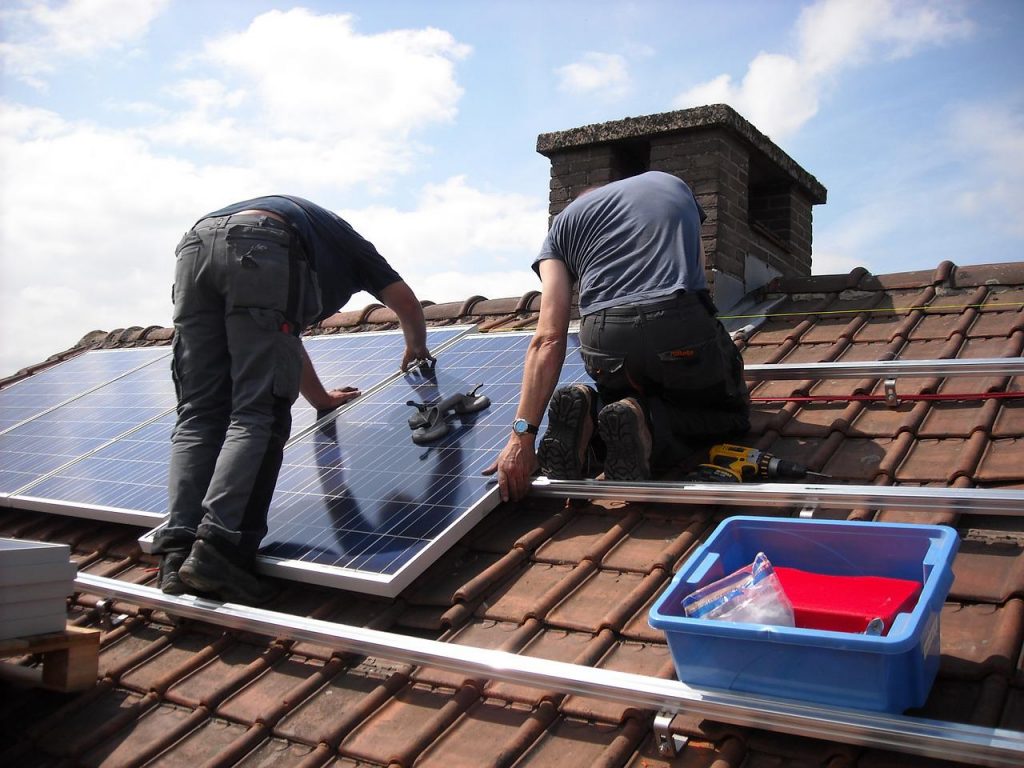Solar Power To Soon Become A Household Standard?
Clean energy is a necessity of the future, consequently, solar power may soon become a household standard.
This article is more than 2 years old

This week, the Biden administration launched a new initiative to provide low-income households with solar power. The move would allow communities, previously shut out of the fast-growing market for renewable energy, to reduce their utility bills. The White House also announced a new rewards program for existing reliable clean energy projects. This is the latest effort by the President to focus on executive actions to reach his climate goals. It comes after plans to pass several clean energy incentives recently collapsed in the Senate.
Community solar lets different households share the benefits of a communal solar array which works through a subscription program. A solar power company, or nonprofit organization, will develop a solar farm that households can subscribe to. Once in the program, these folks will get credit back on their electricity bills for the energy generated by the shared solar farm. As such, electricity bills are reduced and clean energy is promoted. And when compared to traditional home solar setups, community programs reach more people.
Meanwhile, the Low-Income Home Energy Assistance Program aims to help bring community solar power to households enrolled in subsidy initiatives. LIHEAP helps folks pay their heating and cooling bills. It also provides funding to weatherize homes to make them more energy-efficient. Now, the Department of Energy, along with the Department of Health and Human Services, plans to create a digital platform to manage community solar subscriptions for people receiving assistance from LIHEAP.
The Biden administration has big aspirations for the program, projecting it could potentially develop 134 gigawatts of new solar power capacity nationwide, Politico reports. That’s a huge jump from the 97.2 gigawatts which are currently produced. It could also save subscribers 20% on their electricity bills. And by 2025, the government hopes to see $1 billion in combined savings from the program. The new platform will be introduced in areas that have signed up for the pilot. This includes Colorado, Illinois, New Jersey, New Mexico, New York, and Washington, DC.
To boost solar power, even more, the Department of Energy also launched the Sunny Awards for Equitable Community Solar. According to The Verge, this program will hand out a cumulative $100,000 in small awards (ranging from $1,000 to $10,000) to community solar power projects which are good at reaching low to moderate-income households and saving them money. “For many reasons, certain segments of our society are unable to participate in the benefits of solar energy and the savings potential that flow from that,” an agency official said, speaking on the condition of anonymity.
But even with these new ventures, President Biden is struggling to make progress with his clean energy agenda. The government’s keystone climate plan, $300 billion in tax credits for clean energy, reached its end after West Virginia Senator Joe Manchin withheld his swing vote. As a result, the administration is turning to piecemeal strategies to boost solar power and clean energy. Climate advocates and lawmakers in the Congressional Progressive Caucus even renewed calls for the President to declare a climate emergency since this could unlock greater executive powers to limit drilling and investments in fossil fuels.




